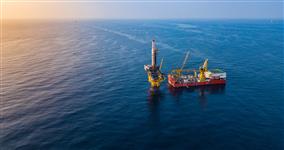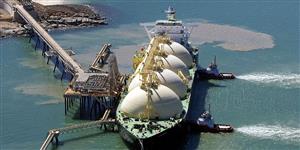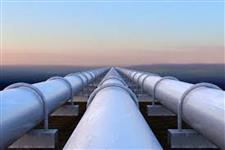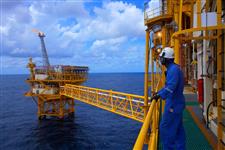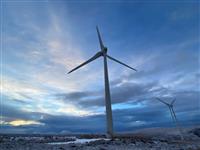
Denmark Delays Second Offshore CO2 Storage License Tender
Posted 14/08/2023 10:42
The Danish Energy Agency has made the decision to postpone the second tender round for the allocation of offshore CO2 storage licenses in the North Sea. Originally scheduled to begin on August 15, this decision follows the provisions of the Agreement on the framework for CO2 storage in Denmark established on June 21, 2022. The agreement necessitated a determination on whether the state's participation share in future licenses should be increased, particularly following the initial tender round in the North Sea.
As a result, the commencement of the second tender round for offshore licenses has been deferred until a resolution is reached on this matter. Importantly, ongoing licenses as well as the upcoming onshore tender round remain unaffected by this development. The Danish Energy Agency anticipates that a revised starting date for the postponed tender round will be established later within the course of this year.
The annual tender process for offshore licenses, focusing on exploration and the subsoil utilization for geological CO2 storage, adheres to the executive order on CO2 storage license tenders. The inaugural tender round was initiated on August 15, 2022, with an application deadline on October 1 of the same year. During this initial round, three licenses were awarded to deserving entities.
Furthermore, the Danish Energy Agency achieved a significant milestone by granting the first-ever permit for a CO2 storage initiative in Denmark at the close of 2022. This permit was awarded to INEOS E&P and Wintershall Dea for the Greensand Pilot Injection Project. Subsequently, in February, these partners secured the inaugural full-scale CO2 storage permit for deployment within the Danish North Sea.
This accomplishment was further embellished on March 8 when INEOS and Wintershall Dea achieved an industry-first by successfully injecting CO2 into the North Sea as part of the Project Greensand initiative. This project holds considerable promise for the future, aiming to store between 0.45 to 1.45 million tonnes of CO2 annually by the late 2025-26 timeframe. The technology deployed for the project also allows precise monitoring of stored CO2, facilitating insights into its location and movement within the reservoir.


